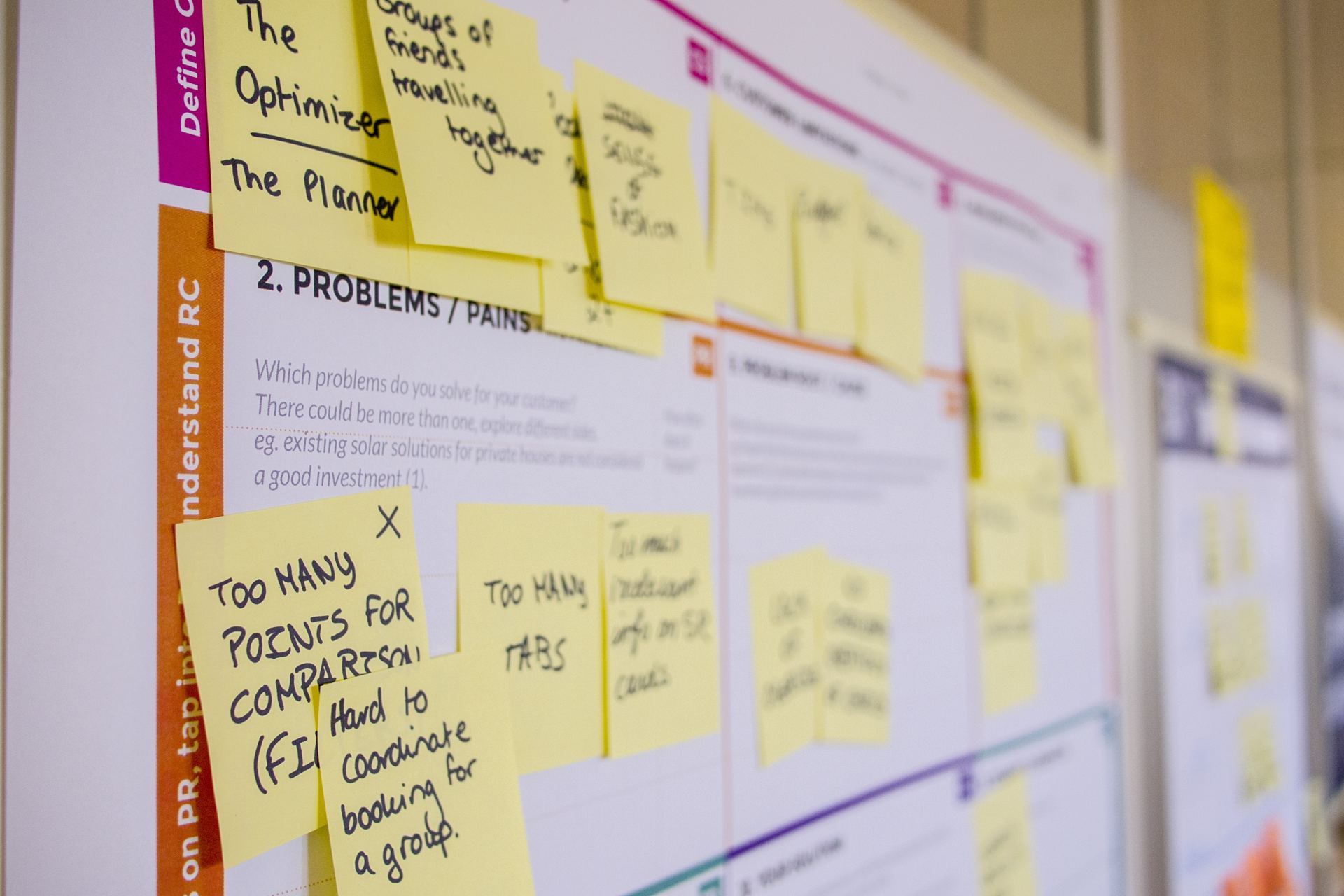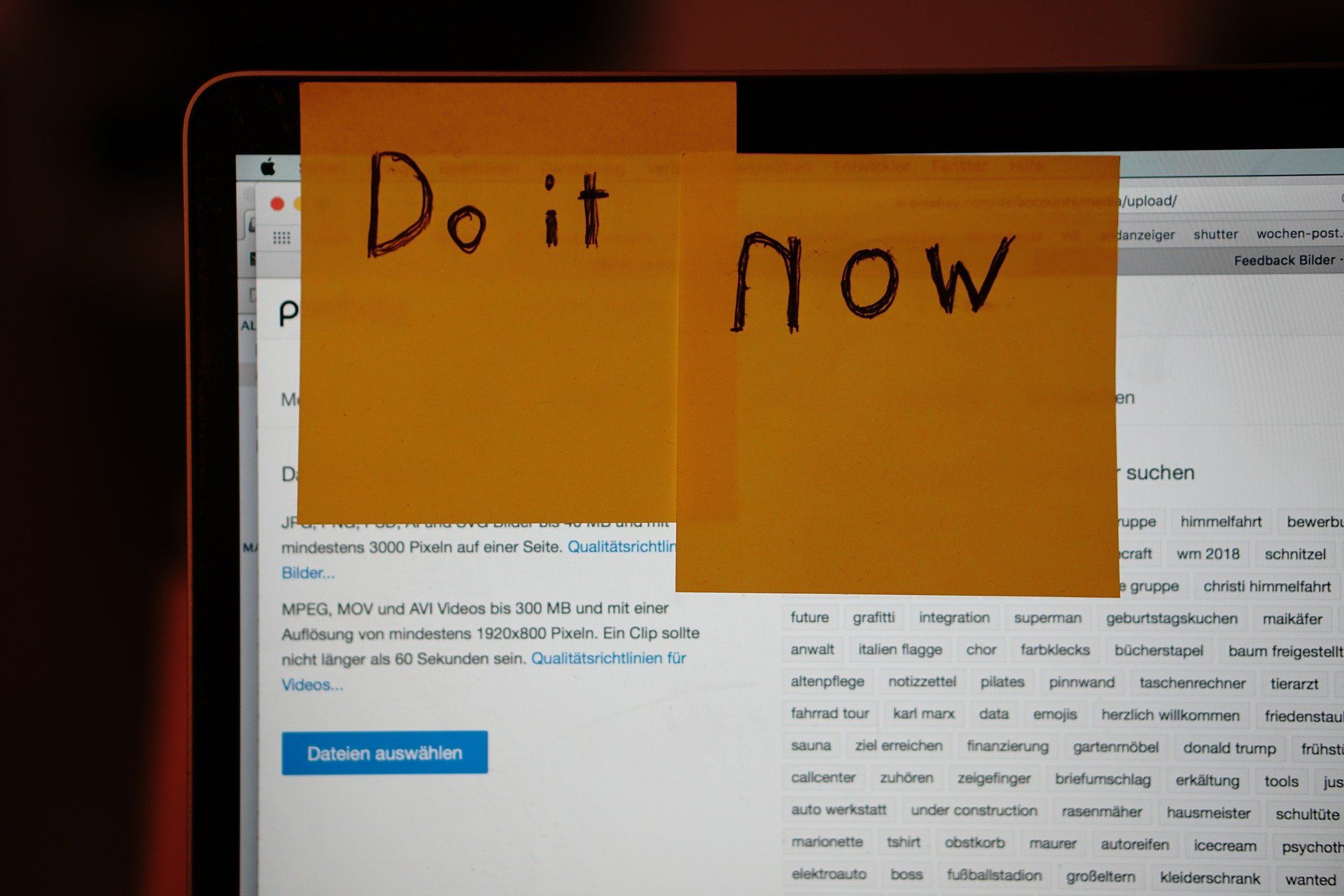How are you, really?
Have you stopped to look at the mental health of your fundraisers lately?

It hit me, a little forcefully, I won't lie. I was stood at the front of a classroom of eager fundraisers, all keen to get exposed to new thinking in fundraising and I asked the question, "What is the reality if we don't address the status quo?". There was a long pause. I had to encourage them to share thoughts with each other. And then the out pouring began and I watched a room full of people begin to open up and get in touch with how tough it is to be a fundraiser.
"I'm given targets that have no grounding in research, they are plucked out of thin air and I have no confidence I can really reach them."
"I'm a jack of all trades and master of none. I am expected to be strategist, manager, project manager, finance and marketing manager. Each enormous disciplines."
"I have more knowledge than my line management but I have no idea how to manage upwards and the frustration is overwhelming."
"I'm working evenings and weekends and am expected to be there for every supporter I manage. I physically just don't know how to do it."
"My workload is swallowing me whole and the pressure from the organisation just seems to be mounting. I'm not coping."
"People keep telling me to do things differently, but have no advice on how it should be done and cannot see how they play a role in the pressure we feel in fundraising."
"The silos between teams are not just challenging, they are suffocating the organisation. I can't get anything done without comms or finance or services. It's ridiculous."
"I'm tired. Physically and mentally."
"There just isn't the budget for staff or spend to deliver what is being asked of us and it is demoralising because we look like the ones who cannot deliver."
The resounding feeling at the end of the day was one of gratitude in knowing that others are out there finding it as tough as they are. I on the other hand had a moment of guilt. Had I opened Pandora's box responsibly? Was it better to leave this wonderful bunch out of touch with the tough reality they had become numb to? I had to sit with this for a little while. What are the consequences of leaving fundraisers desensitised to their working realities?
Sure, ignorance might appear to make them a little more resilient. (And haven't we all heard that word 'resilient' used a thousand times in the last few years!)Tougher to bite down and bear it, but does it come without a cost? Doesn't an exhausted, apathetic fundraiser make for a disengaged fundraiser? Can we really expect them to have a fire in their bellies ready to whip up a storm in the sector when they are so drained? Can we expect them to want to stay long term in a role when each day can feel exhausting? Isn't our current turnover of staff so indicative of how poor the situation is? Can we really hope that they will reshape their entire organisations to become as supporter centric as they are beneficiary centric when they have no wind in their sails? Can we really ask fundraisers to become strategists without real training and support?
As I have sat with this series of thoughts over the last week, I have landed on a resounding, "No." No we cannot expect this of them. So perhaps it is about time we start to get in touch with the raw and rather painful reality that our fundraisers are feeling just a little bashed. Just a little exhausted and just a little under supported. Unless we begin to address this reality I don't believe we can have truly beautiful conversations about how we create better supporter experiences. You cannot build with an exhausted demoralised workforce.
Are you confident enough to ask your teams (or yourself!) the question about how they are really feeling? Are you strong enough to hear the reality? I hope so, because it is the first step in building what you really need for success.
Share your thoughts with me - I want to keep talking about this. Is this a reality for you? Should we be doing something collectively about it? No one appears to have done any research on this across the fundraising sector, should there be some?
Kim
Other Blog Posts










